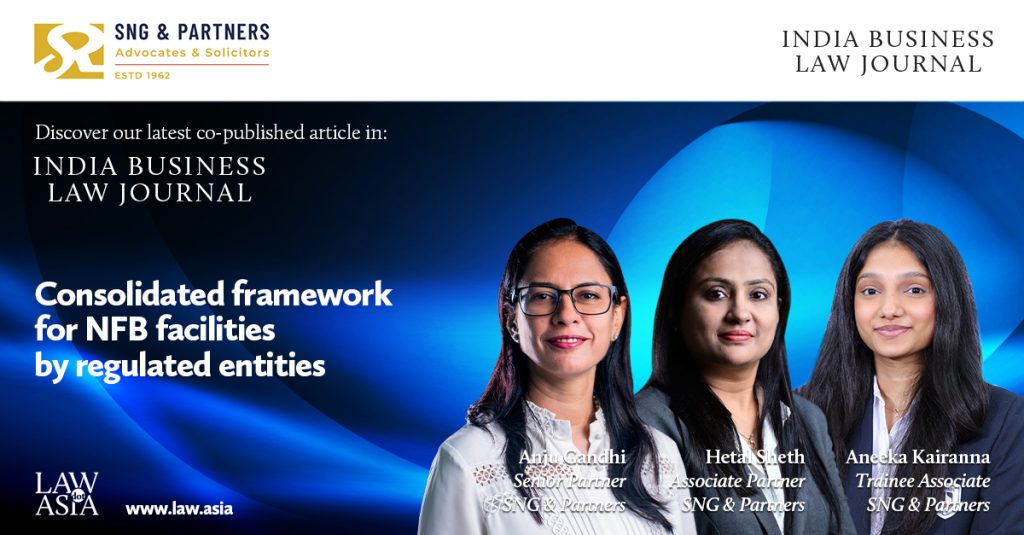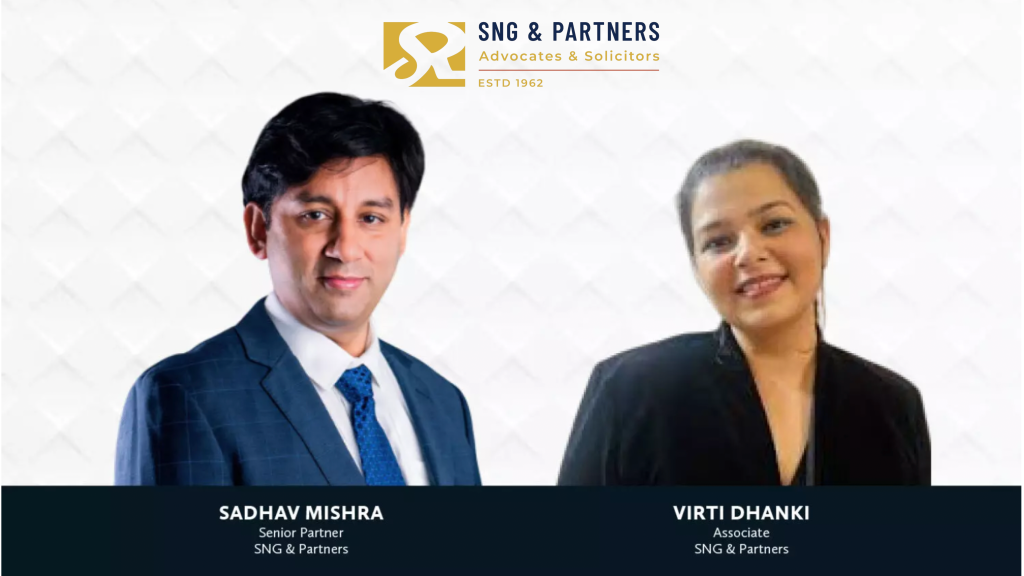
Amarjit Singh, a software engineer, uses AI voice models to create covers of popular artists, raising questions about the ethical and legal implications of using someone’s voice for artistic purposes without consent. While he claims to do it for the love of art, concerns arise about potential harm to an artist’s image and the need for regulations surrounding AI-generated content.
When Michael Jackson passed away in 2009, fans from all over the world were devastated. And then This is It came out and it felt like the King of Pop had come back to life — even if the song was just under four minutes. Since then, two of his albums have been released posthumously, giving fans a glimpse of Michael Jackson’s musical genius and preserving his legendary legacy.
The last album Xscape, consisting of Jackson’s unreleased songs from throughout his career, was released in 2014. Now, imagine finding a cover of The Weeknd’s Die for You — a song that came out in 2017 — sung in the voice of Jackson. How would that make you feel? Would you be stunned? Confused? Excited?
That’s all the emotions I went through when I came across a cover of Diljit Dosanjh’s Born to Shine in the late Punjabi rapper Sidhu Moosewala’s voice — a cover that he never recorded while he was alive.
The mastermind behind this is a 29-year-old software engineer, Amarjit Singh, who has an affinity for producing music. He created the cover using an AI voice model of the late artist, and it wasn’t the only cover he made or the only artist whose voice he recreated using AI tools.
However, two weeks ago, he put out a statement saying that Moosewala’s family has expressed its disagreement with creators who are using his voice to generate content and thus, would not be using his voice anymore — something that Singh worked on for months to perfect.
The bigger question that needs answering here is, how correct is it to use a feature as distinctive as someone’s voice to create a work of art that you would want to call your own?
According to Gaurav Sahay, Partner, SNG & Partners, Advocates & Solicitors, directly bringing in use a personality’s image, voice, or personality traits to promote their products and services without their permission is not legal.
Sahay has over decade-and-a-half of experience in sectors like Media & Entertainment, Advertising, Digital & Social Media, OTT Platforms, and Artificial Intelligence, among others, that are being disrupted by the permeation of technology.
He added that if an individual creates an AI voice model then they hold intellectual property rights over the model. However, individuals have the right to control the commercial use of their voice or likeness. If the AI voice model is based on a specific person’s voice, using it in a commercial context without obtaining their consent could potentially infringe upon their right of publicity.
Amarjit Singh, in a conversation with CNBC-TV18, said that he creates these covers with AI voice models for the love of the art and not for commercial purposes. He lost his father three years ago and that’s where the idea of keeping deceased loved ones alive came from. “I posted an AI-animated image of my father in our family group. Everyone loved it and I started looking for more ways to achieve something similar. That’s when I came across a voice cloning research, worked on that and posted a reel on it on my Instagram. I asked my followers whose voice they think I should work on and they suggested Sidhu Moosewala,” he said.
This isn’t a surprise, given the amount of love and respect people from around the world have for the late artist. In fact, his YouTube channel has garnered over 10 million subscribers after his murder last year. Even Canadian rapper Drake is a big fan and paid his tribute on several occasions, including wearing a sweatshirt with Moosewala’s picture and name at a live show and playing two of his songs. The rapper even follows Moosewala on Instagram.
Even if Singh claims that he does not do this for monetary reasons, it does not take away the fact that he is still cashing in on the voices of popular artists like Moosewala, Amar Singh Chamkila, Kuldeep Manak, or even Dosanjh for that matter. His Instagram account has seen tremendous growth since he started posting these AI-generated covers, with over 6,000-follower increase in under a week. A Moosewala and Dosanjh cover that he posted on his Instagram reels in May has received over two million views on the platform and has crossed 200,000 likes — his most on a post so far.
But you have to give credit where it’s due. Singh has worked on these AI voice models on his own, has spent hundreds of hours perfecting the voices and produced original beats for the music. So, why should he shy away from flaunting work that he has put so much time and energy in? This is where the lines start getting blurred.
Despite the AI voice models being his original work, he still used several copyrighted datasets in training the AI to create these voices. According to advocate Sahay, “The legal permissibility of using copyrighted content for training purposes may vary depending on the specific circumstances. At times, the concept of ‘fair use’ or ‘fair dealing’ allows for limited use of copyrighted material without permission for purposes such as criticism, commentary, news reporting, research, and education.”
Sahay adds that the application of fair use or fair dealing depends on factors like the purpose and character of the use, the nature of the copyrighted work, the amount and substantiality of the portion used, and the effect on the market for the original work.
The debate about whether something like this is permissible or not has been going on for a while now. In a report from April, Billboard said that Universal Music Group (UMG) has requested streaming services such as Spotify and Apple Music to prevent AI companies from utilising the label’s copyrighted songs for the purpose of “training” their machines.
“‘We will not hesitate to take steps to protect our rights and those of our artists,’ UMG wrote in the email, the details of which were confirmed to Billboard by multiple sources on both sides. But it’s unclear exactly what those steps might be, or what exactly UMG wants the streamers ‘to do differently’,” the report read.
Consent plays a vital role in a situation like this. Singh said that he never directly reached out to any artists (or the families in the case of deceased artists) whose songs he was using to create their AI voice models. “People said that (Moosewala’s) family would be excited to hear his voice being recreated but that wasn’t the case and I had to stop doing that. Other artists’ families seem to have a positive reaction. Some people even suggested I should create a model of Diljit Dosanjh’s voice since he’s very chilled out,” he told CNBC-TV18.
However, he does tag the official Instagram handles of these artists in every reel that he posts on his account, making it easier for them to find it and report in case they have an objection. While this move seems to be in good faith, it is almost impossible for a global artist like Dosanjh, who recently performed at the Coachella Valley Music and Arts Festival and has an Instagram following of over 15 million.
Coming back to our question — is Singh wrong in creating these covers? Technically, no. But there is a reason why Moosewala’s family raised a red flag over this. This could potentially harm an artist’s image if used unethically. If used for commercial purposes without the artist’s consent, it could harm them monetarily as well. But this is something that artists will have to fight back against themselves since there are not any regulations around the technology as of now.
“Copyright is a concern, but it’s very much a second-tier concern over some of the bigger, more existential questions about economic displacement, and upending business models, and deep fakes,” The Verge quoted Meredith Rose, senior policy counsel for Public Knowledge, as saying.
There is also a connection between the artist’s creativity and their audience that is impossible to replicate, regardless of how exact an AI voice model might sound. Michael Jackson singing Die for You might impress his fans but it will not give them the Billie Jean chills. That was the case raised by Moosewala’s family as well. “Even though these songs are put out in good faith and we understand that the idea is to help Sidhu’s legacy live forever, but please acknowledge that it does more damage than good. His talent was unmatched and we would like it to stay the same.”
AI Diljit could be singing an average original made by a wannabe music producer and people could very easily mistake it to be his latest single and come to the conclusion that the artist might be in a slump. How does one make laws and regulations around that? And how long before this innocent act of creating music gets into the wrong hands and turns into something evil that society is just not ready to deal with?
Only time — and law — can answer these questions.



